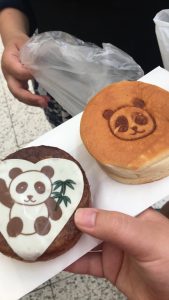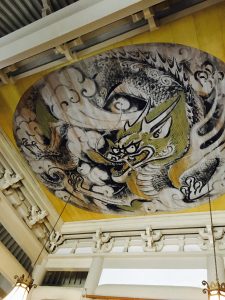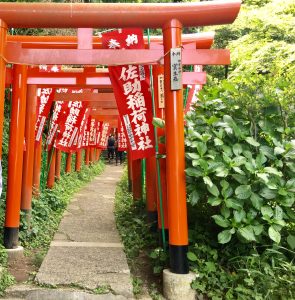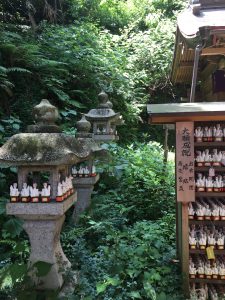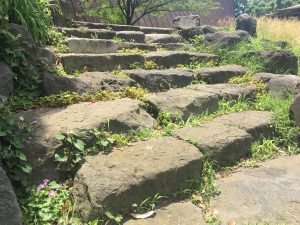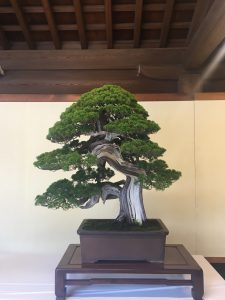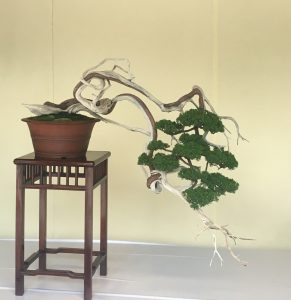Today we visited the aquarium.
I honestly think it was a more educational experience (species wise) than the zoo. We did a quick aquarium round with our very own guides, Julian and Michael first, but then we really got to meet an expert: Mr. Ota. The first order of business was to go to the Tuna exhibit and draw “in great detail.” I really enjoyed this exercise, because it was hands-on and engaging. Even though I thought I did my best at capturing the tuna’s detail–I inevitably missed some of the key aspects for the tuna’s survival. The most surprising thing for me was the size and smoothness of the fish. We all know that fish have scales and would maybe feel tough to the touch. But, the Tuna’s scales are so small that it feels smooth which is great because it allows for faster swimming speed (essential for this “voyager of the sea”). YES, WE TOUCHED A TUNA FISH! (well it was dead—it had been dead for three years! Rather than eating it, the tuna’s body has been continuously used for educating groups like us).
Mr. Ota really went over the other features that make the aquarium an educational place. Certain informational blurbs are posted at different eye-levels to catch the attention of both children and adults. They also have sets of programs for student of all ages (they are arranged in a way that would interest students according to their age)-however he has noticed that high school and college students are the least frequent visitors. The aquarium has thought of ways to capture their attention, which of course is coffee and food!
It really seems that Tokyo Sea Life Park is trying its best to capture the attention of the Tokyoites. Through these programs as well as summer events.
Like zoos, aquariums have come a long way in trying to replicate habitats, however, they haven’t truly reached perfection. Mr. Ota attempted to answer the question of the ethics of animal captivity…Although sometimes he feels the habitats are not appropriate or too small (this aspect causes him grief), he feels that education is worth it, because education can rally up the cause for conservation of animals and the environment.
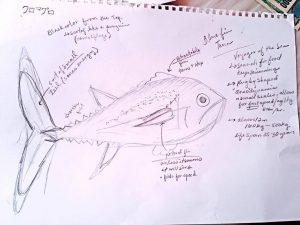
I also want to thank Emi-San (Selinger Sensei’s life friend) for inviting us to her house for dinner. The food was delicious and the karaoke was extremely fullfilling. Thank you for preparing a night of yukata and fun for us!
ありがとうございました。

